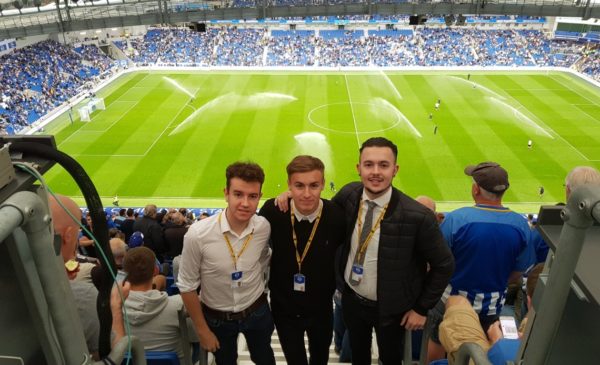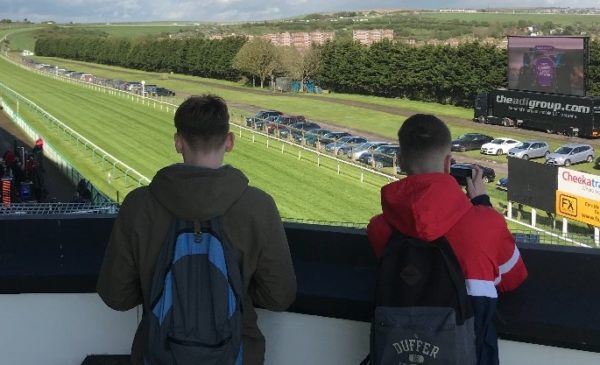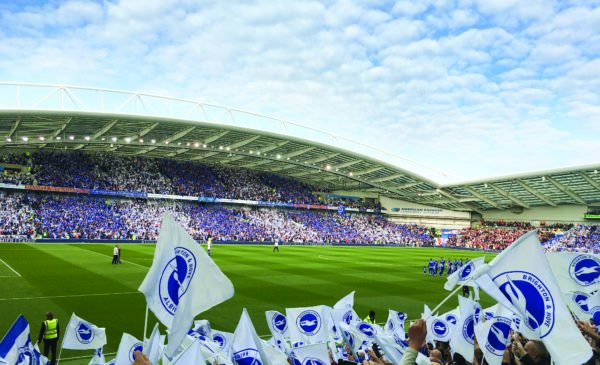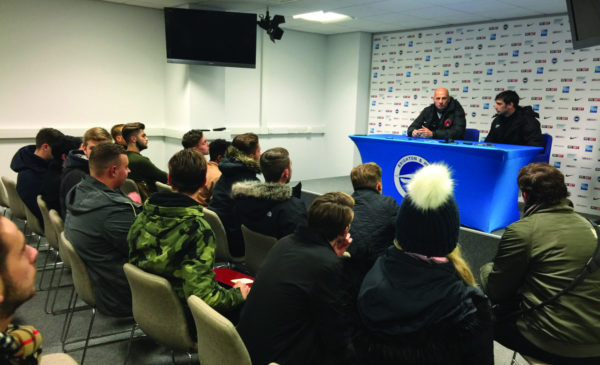Max Frankel – Pollen
Subedited by Caspar Fusco
Long gone are the days when a full back was the last player picked in the playground or seen as the least important position in a football lineup. An old school full back would stereotypically hold his position, covering one of two wide areas in the defence, as well as perhaps making the odd attacking run.
The elite, modern day full back must be both technically and tactically flawless, with dual responsibilities in both defence and attack. This makes recruiting an inverted full back a difficult job as the required skill set is quite rare, even in the modern game.
An inverted full back acts as a standard wide defender out of possession, however what makes them unique when the team is in possession of the ball is the tendency of the player to move into central areas of the pitch and almost act as an extra midfielder.
The purpose of this is to attempt to create a numerical advantage to get the team up the pitch as well exploiting space left by the opposition. These players tend to be creative as well as technically gifted to make best use of the positions they find themselves in and to ultimately result in high-quality chances being created.
Johan Cruyff was the first manager to use inverted full backs on a consistent basis and managers that have since taken inspiration from the Dutchman include Pep Guardiola, Mikel Arteta, Roberto De Zerbi and Ange Postecoglou in the Premier League alone. Each manager has taken their own approach and tweaked the role to meet their own needs further over time.
Inverted full backs can also be utilized to suit defensive styles of play. Manchester City for example, played both John Stones and Manuel Akanji as inverted full backs during their treble winning campaign.
Their job was to pack the midfield in order to use their physical presence to win the ball back as soon as possession was lost. It also helped that both players were accomplished with the ball at their feet and could contribute to launching devastating attacks.
Tottenham’s Destiny Udogie is a player new to the inverted full back role under Ange Postecoglou. Udogie called his transition from an out and out full back “a very different experience” and one which is “like being a midfielder.”
Udogie told the Athletic that the change was not an easy one to make and tested his ability, however his performances over the course of the season would suggest he is more than up to the task.
Embed from Getty ImagesManchester City, Arsenal and Tottenham all make use of the inverted full back system. The three teams, occupying three of the top four position at the time of writing, top each stat in the league relevant to the benefits of the inverted full back. These include the number of passes played, tackles made, chances created and winning possession in the most advanced positions on the pitch.








